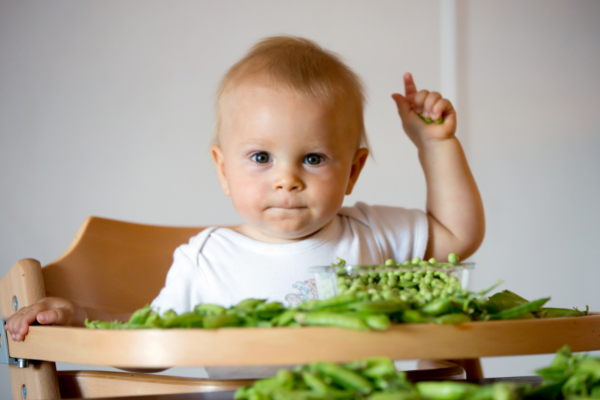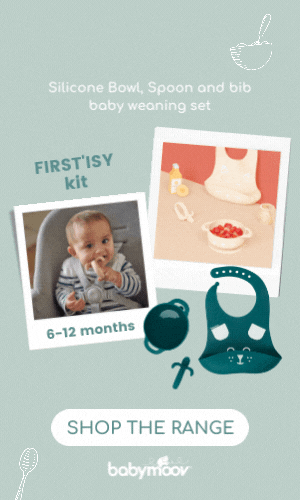How to assess a well-balanced diet for the baby?

A well-balanced diet is a very broad issue, especially when the baby is being weaned onto solid food. Take a look at this report for all the advice for a well-balanced diet!
What it is about?
A well-balanced diet is based on a varied diet, with an energy and nutritional intake well distributed across the day. In other words, to ensure the baby develops properly, not only it needs to be fed at every meal, but its meals also need to be formed of suitable amounts of food.
Every baby is different
A major aspect, and not one of the least important ones, is that everyone has a different metabolism and build. For a rather slight baby who is not that much of a gourmand, you can try and concoct tasty purées and find the flavours and textures that stimulate its appetite. For a baby who is more of a foodie, or even greedy, you can try and satisfy its appetite with a suitable amount of food, though with a lower calorie count, by decreasing, for instance, the amount of starchy food and increasing vegetables that contain a lot of fibre and water. As the rate varies from one baby to the next, with patience and common sense you will find the right balance for your baby.
Natural adjustment mechanisms
Hunger will naturally encourage the baby to regulate its food intake and eat more or less food. When it feels it has eaten enough, there is no gurgling or empty stomach feeling, tiredness or nervousness.
The brain also receives very different signals, like the pleasant feelings resulting from the sensations the baby has during its meal; smells, the feeling on the palate or the flavours it likes will give an additional feeling of having eaten enough or a feeling of additional satisfaction to the little eater.
Emotional nourishment
To achieve an emotional and psychological balance, the baby needs a loving emotional relationship with its parents. Thus, a relaxed and calm atmosphere is as important as the contents of the baby bottle or dish.
In practice
From the 5th month onwards, breast milk no longer fully meets the physiological needs of the growing baby. As a reference, we can start from the following diagram:
4 servings of carbohydrates (slow and fast-release sugars): cereals, vegetables, fruits and legumes.
2 servings of proteins (proteins from dairy or animal products): milk, cheese, meat, fish.
1 serving of lipids (fat): butter, oil, etc.
Every kind of food has a different composition, micro-nutrient requirements, vitamins and minerals will be covered by a varied diet. To avoid fats, additives and hidden sugars, choose raw materials rather than industrially processed foods.
Don’t forget
A balanced diet is measured more or less across the day. Although you don’t need to weigh all the foods almost by the gram or calculate the number of proteins or lipids served with each recipe, it is useful to monitor the baby’s growth curve over the months.


 EN
EN FR
FR NL
NL DE
DE ES
ES




